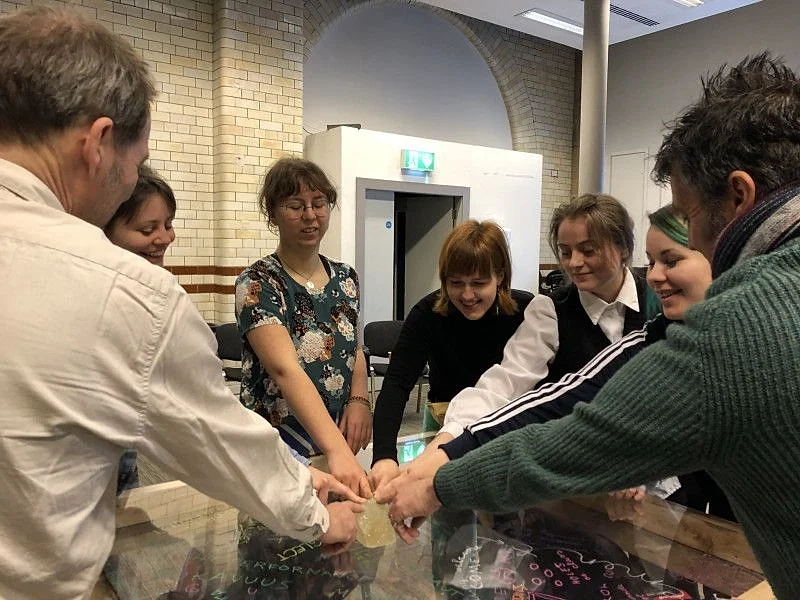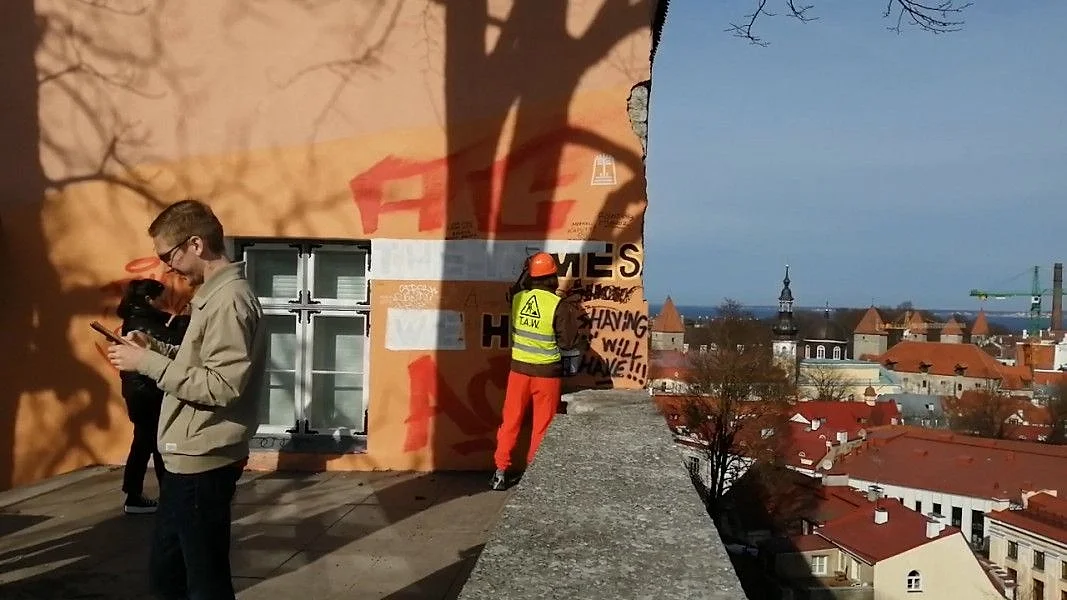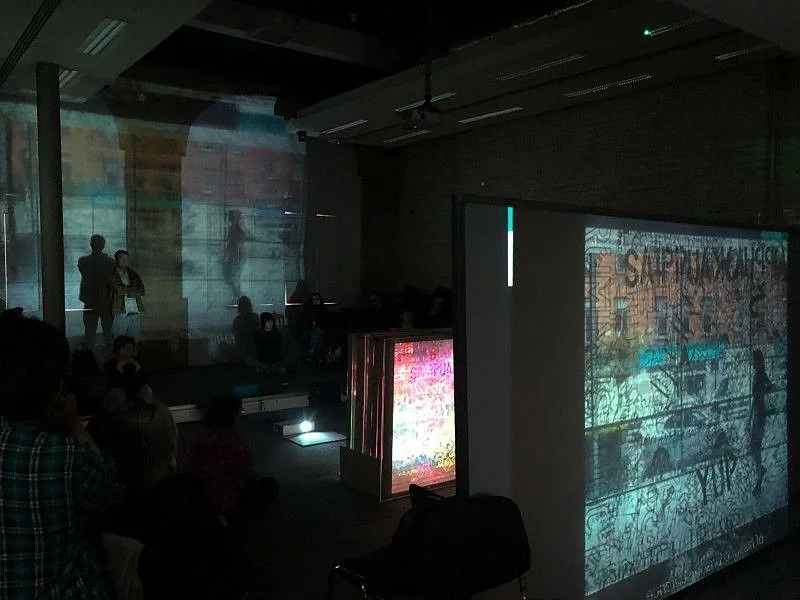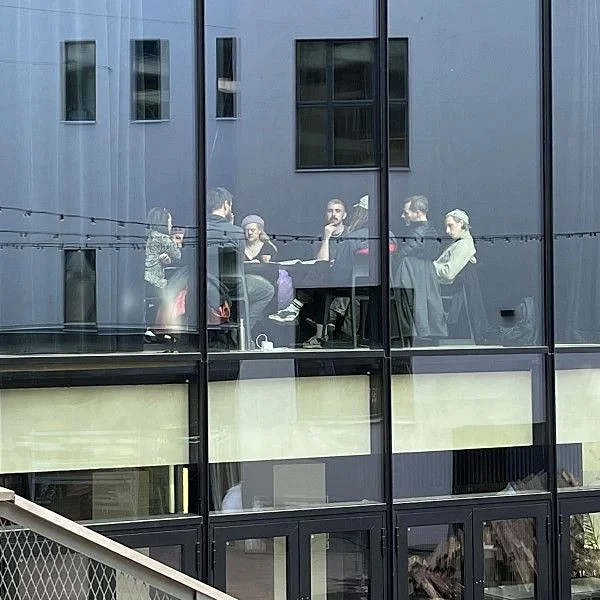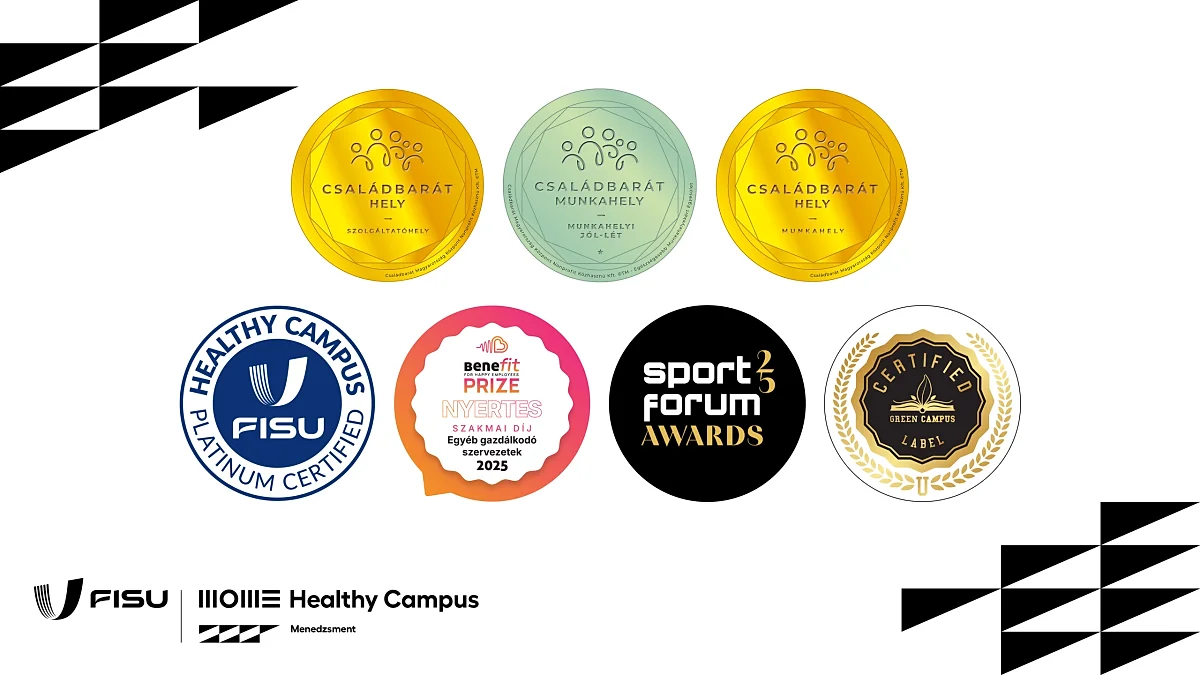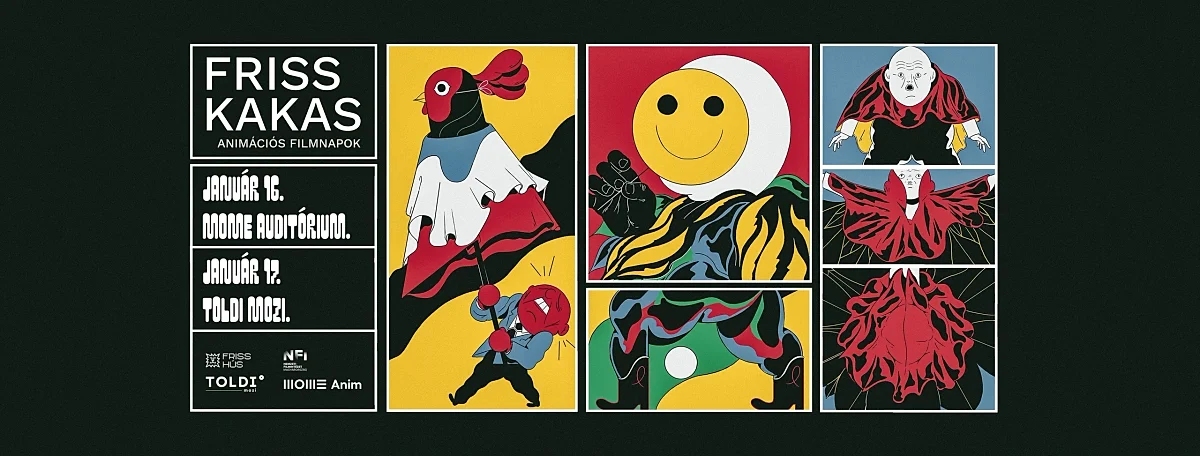
Part-Go: MOME students in the field
The aim of the strategic cooperation is to map the current state, opportunities, and best practices of public art education throughout Europe, and to develop a comprehensive methodology in the education of public art based on a new concept. Now the participants will test the methods in practice in the framework of pilot workshops. The results of the research will soon be available on the project’s website, and later a study will also be published to outline and present the methodologies and resources of public art education.
The partnership will make it possible to create more relevant public art work in the future, by involving the public in the study of the creative processes of works of art in public spaces embedded in the urban context. Their relevance in terms of dialogue and democracy is of the utmost importance. This is why it is important to integrate public art as a field into the curriculum of higher education institutions, to develop new study modules, and to share the results continuously.
The recent project meeting in Tallinn broke the monotony of the more theory-focused workshops that had previously taken place online during the pandemic. Six students from each participating institution and their teachers met at the Tallinn Academy of Arts. From MOME, teacher of the Media Institute, Miklós Erhardt and six students from the Media Design MA and BA Departments, travelled to the event, where they were divided into several groups of mixed nationalities and invited to develop public art concepts in pre-selected urban districts of Tallinn as part of the five-day programme.
Commenting on the work that at long last took place in the field, Miklós Erhardt says: "Our group, led by my Estonian homologue Taavi Piibemann and myself, first followed a pre-selected walking route through the area. We then were inspired individually, preparing for the brainstorming session the next day. The Old Town, because of its strong touristic character and extremely small population, did not seem like a lucky choice at first, but in the end, it was this very characteristic that provided the basis for our solution. The Irish member of our group, Bill Harris, a student of painting, suggested that if tourism is causing irreversible changes in the social structure of cities, then tourists themselves could do something to strengthen social cohesion. From this, by the end of the day, we developed a plan for a movement ("Tourists at Work" - T.A.W.) the mission of which is to ensure that the renting of Airbnb apartments in the old town should be now subject to small public works and tasks that tourists are to do around their apartment, tasks which are assigned to them by the renting agency. The final product of the workshop, which was presented at a joint presentation on Friday, is the first version of a mission video that was shot and edited on Thursday. As part of the film, we did some fictional community work and asked local residents for their views on the project. We are planning to complete the video during the next intensive week in Dublin. For me, it was a particular pleasure that, even if it did come up, no one forced the idea of creating a sort of installation work that tackled the idea of monumentality. In the end, all participating groups chose performative solutions. We received very positive feedback at the presentation on Friday."
A month later, in mid-April, the project participants representing the four universities met again in Dublin. In the framework of a similar one-week intensive workshop, a group of six MOME students, but with a new composition, worked again with the foreign students under the guidance of the international teaching team. On the Hungarian side, the participants were Miklós Erhardt, Judit Bényei and Anikó Illés.
The pictures show the group at work in the streets of Tallinn’s Old Town and in Dublin.
We will be back soon with the next chapter of the Part-Go project, in which we will present the results of our research.
Participants of the Hungarian project team:
Judit Bényei PhD, Design and visual art teacher MA Head of Department, associate professor
Miklós Erhardt DLA, BA programme leader, Media Institute, associate professor
Györgyi Falvai, International Inclusion, Senior Coordinator
Anikó Illés PHD Habil., Design and visual art teacher MA Head of Department, Habil. associate professor
Rita Szerencsés, researcher, MOME Innovation Centre
The Hungarian students of the course in Tallinn:
Péter Drapkó // Media Design MA
László Kőrösi // Media Design MA
Róza Köves // Media design BA
Zsófia Móró // Media Design MA
Kria Sigurdsson // Media design BA
Anna Szalai // Media Design MA
The Hungarian students of the course in Dublin:
Debóra Demeter // Media design BA
Eszter Lázár // Media Design MA
Dániel Misota // Media Design MA
Réka Mucsi // Media Design MA
Fanny Nagy-Kárpáti // Media design BA
Krisztián Polónyi-Gyuricza // Media design BA
